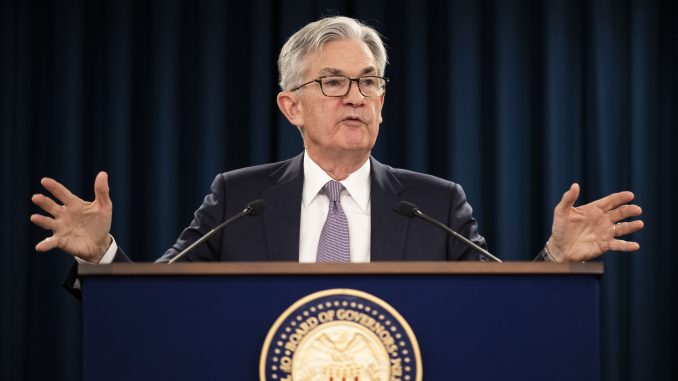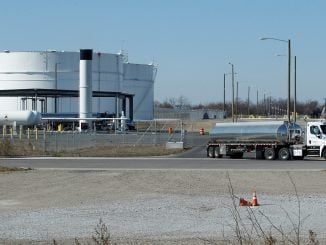
WASHINGTON — The Federal Reserve took emergency action Sunday and slashed its benchmark interest rate by a full percentage point to nearly zero and announced it would purchase more Treasury securities to encourage lending to try to offset the impact of the coronavirus outbreak. The central bank said the effects of the outbreak will weigh on economic activity in the near term and pose risks to the economic outlook. The central bank said it will keep rates at nearly zero until it feels confident the economy has weathered recent events.
The Fed also said it will purchase $500 billion of Treasury securities and $200 billion of mortgage-backed securities to smooth over market disruptions that have made it hard for banks and large investors to sell Treasuries.
The disruptions bumped up the yield on the 10-year Treasury last week, an unusual move that threatens to push borrowing costs for mortgages and credit cards higher. The Fed also said it has dropped its requirements that banks hold cash reserves in another move to encourage lending.
The Fed also announced that it has cut interest rates on dollar loans in a joint action that it has taken with five central banks overseas. That is intended to ensure that foreign banks continue to have access to dollars that they lend to overseas companies.
All told, the Fed’s actions amount to a recognition that the U.S. economy faces its most perilous juncture since the recession ended more than a decade ago.
By aggressively slashing its benchmark short-term rate to near zero and pumping hundreds of billions of dollars into the financial system, the Fed’s moves Sunday recalled the emergency action it took at the height of the financial crisis. Starting in 2008, the Fed cut its key rate to near zero and kept it there for seven years. The central bank has now returned that rate — which influences many consumer and business loans — to its record-low level.
Still, with the virus’ spread causing a broad shutdown of economic activity in the United States, the Fed faces a daunting task. Its tools — intended to ease borrowing rates, facilitate lending and boost confidence — aren’t ideally suited to offset a fear-driven halt in spending and traveling.
“We have to hope that the Fed getting out in front of events, not to mention other central banks, pushes the economy in the right direction,” said Adam Posen, president of the Peterson Institute for International Economics. “The heavy lifting for stimulus and for preventing lasting economic damage has to be done on the fiscal side. That’s nature of this shock.”
“It confirms that the Fed sees the economy going down … very sharply” toward recession, Posen said.
Posen advocates fiscal steps such as providing sick leave and pay for quarantined workers and rolling over bank loans to small and medium sized businesses hit hard by the outbreak.
Earlier, Treasury Secretary Steven Mnuchin said that both the central bank and the federal government have tools at their disposal to support the economy.
Mnuchin also said he did not think the economy is yet in recession. Most economists, however, believe a recession is already here, or will be soon. JPMorgan Chase predicts the economy will shrink 2% in the current quarter and 3% in the April-June quarter.
“I don’t think so,” Mnuchin said, when asked if the U.S. is in recession. “The real issue is what economic tools are we going to use to make sure we get through this.”


